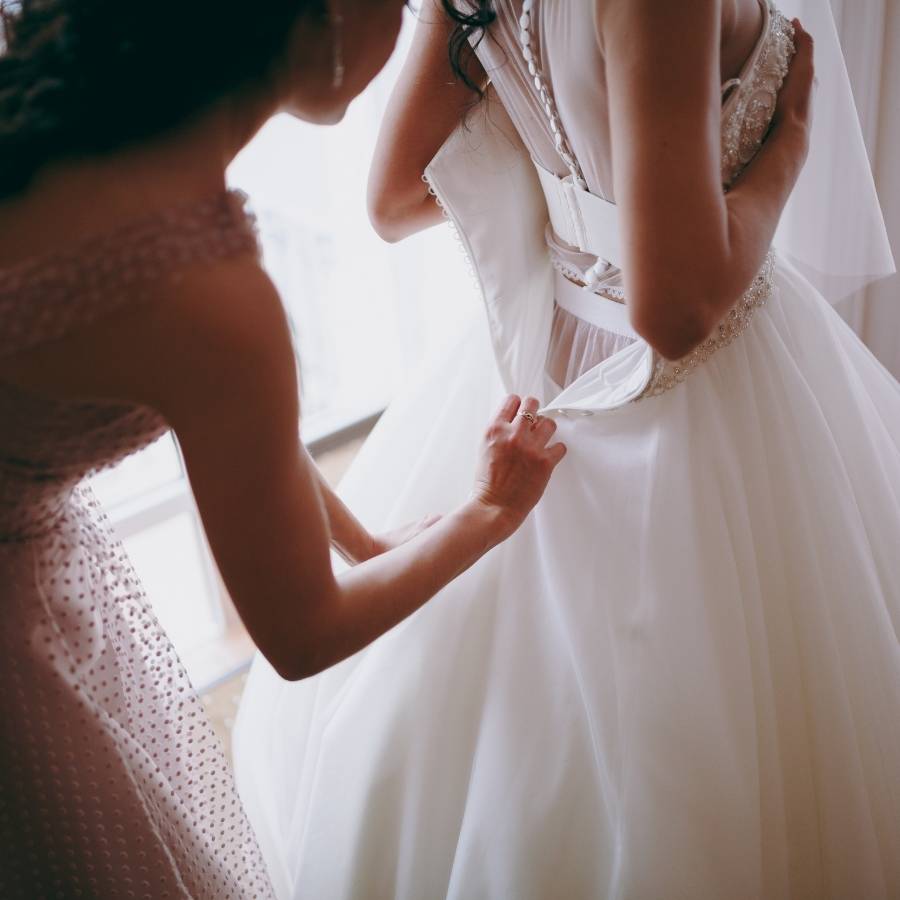
Last Updated on 27/09/2022 by Above Diamond
Last Updated on 14/01/2022 by Wit Sudjaiampun
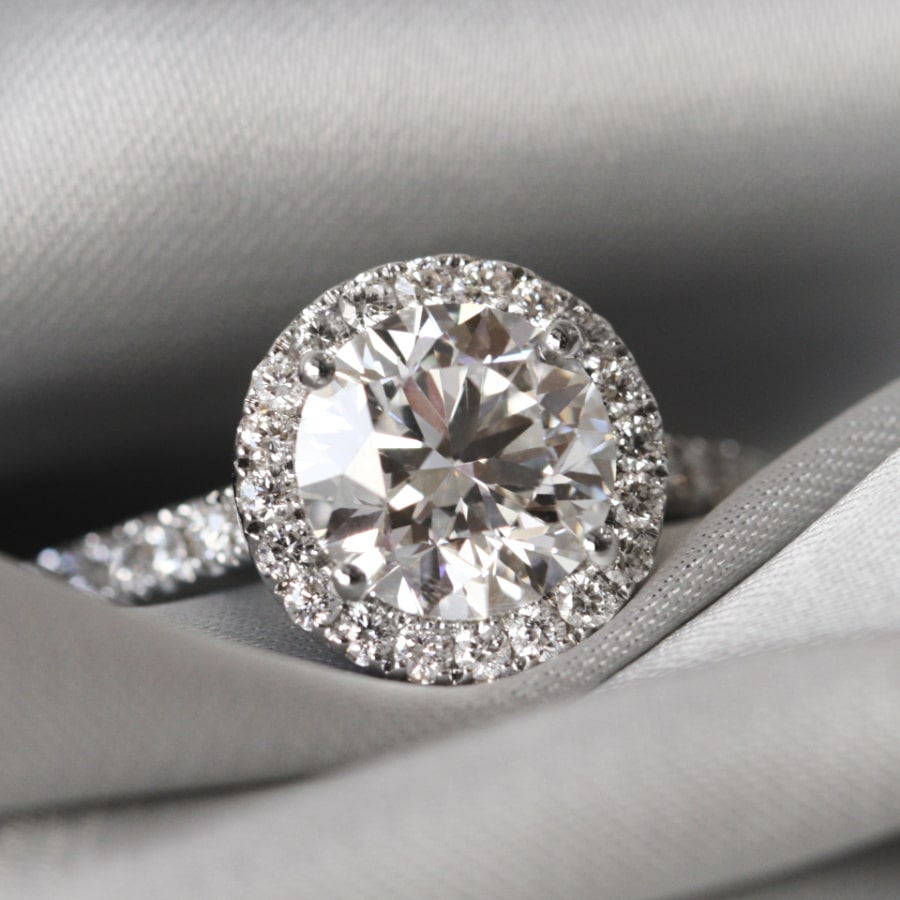
As you may very well know, “Cut” is what determines the beauty and the sparkling brilliance of a diamond and in turn, also the value.
A good diamond cut will increase the diamond’s fire and since you are planning to buy a diamond – you might as well get one which will shine and sparkle most brilliantly, right?
A diamond cut refers to how well a diamond was cut in terms of symmetry.
Generally, we tend to make our initial observations on the depth and the different angles within the diamond.
Even though these observations may be a little too complex for the understanding of most people who are not experts, these factors will all play a part in determining how beautiful the diamond you plan to buy is.
Primary Factors in Setting a Diamond’s Value
Now that you have reached this point in the article, you may start to feel confused with all the details we have just sprung on you previously. To make it easier for you to understand, I must excuse myself for only explaining the first factor which is “Proportions: Table, Width and Depth”. The reason for this is because this is a primary factor that is accepted by the whole diamond industry as the most important.
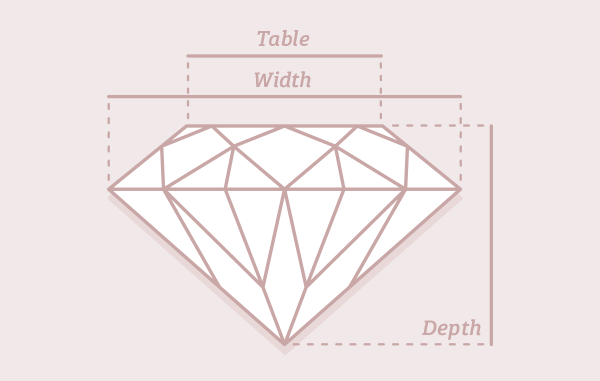
The diamond table is measured by dividing the width of the table (the area on the face of the diamond) with the center length of the diamond (measured from the point which is farthest to the left, to the point farthest to the right).
Example: If a table has a width of 3.5 mm and a center length of 6 mm, the diamond will have a table percent of 58%.
If the diamond table is too large, the light will not be able to be dispersed from the corners of the diamond which results in less reflection (and brilliance) because the light will escape the diamond table.
If the diamond table is too small, the light will be trapped inside of the diamond, making that diamond gem appear cloudy and dull.
Good diamond table percentage will differ from diamond shape to diamond shape. Generally, for round brilliant cut diamonds, we recommend that the diamond table should be appropriately sizable and will have the best fire at between 54% – 60% (there are other proportions to consider along with this as well).
The width of a diamond can be measured from the edge of the diamond (Girdle) to another opposite edge of the diamond.
This proportion is important when considering different diamond shapes, it is determined to see if there is symmetry or not. This measurement will vary from shape to shape, it depends on the specific characteristics of each diamond shape.
Diamond depth is the height of the diamond when measured from the sharp point at the bottommost point (Cutlet) to the diamond table. It is measured in millimeters and percent.
To find the percentage, divide the diamond’s depth with the diamond’s width.
Example: If a diamond has a depth of 4 mm and a width of 4.5 mm, the depth percentage will be at 88.8%
Usually, if we have two diamonds of the same carat weight, the diamond with less depth will appear larger because of its width. On the other hand, a diamond with more depth will appear cloudy because of its unresponsiveness to light.
In principle, diamond cut and diamond shape are completely different.
Diamond shape refers to the appearance of the diamond. Here is a list of different shapes as an example: the round brilliant cut, the emerald cut, the princess cut, the heart-shaped, the oval-shaped, and many more.
Diamonds that are not the round brilliant cut are usually called “Fancy Shaped Diamond”
Diamond cut refers to the angles, the cut, the symmetry, the dimensions, and the reflectiveness of the diamond. For example, a heart-shaped diamond might have a shallow or deep cut and it may be cloudy or brilliant – but no matter what, they are all still heart-shaped diamonds. They just have different cuts.
It can be concluded that if a diamond has a great cut such as the ideal cut diamonds, it will have better brilliance and fire.
Diamond cut proportions are what sets the fire of the diamond, in other words, it sets the diamond’s ability to reflect light. It is measured by taking the width, the length, and the different angles into consideration. This is done to objectively determine how beautiful a diamond is.
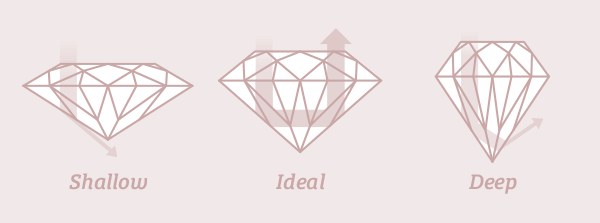
If a diamond is too shallow, when you shine light into the diamond table it will go directly through the bottom of the diamond instead of reflecting back to you, because there is not enough space for the light to travel.
Shallow diamonds will appear larger than other diamonds of the same carat weight but will have little to no brilliance because the lights will escape through the bottom part of the diamond.
If a diamond is too deep, when you shine light into the table of the diamond, the light will be refracted to a new corner too quickly due to the narrowness of the bottom
Another important note, if a diamond is too deep – it will appear smaller than the other diamonds of the same carat weight because of its narrow table.
In the easiest to understand terms, diamonds with appropriate proportions will allow light to pass and bounce inside of the diamond perfectly and instead of the light passing out through the bottom part of the diamond, it will come out through the table – making the diamond great brilliance and fire.
In GIA lingo, we often hear words such as “Excellent”, “Triple Excellent”, “3EX”, 3X and et cetera. A direct translation goes likes this – GIA guarantees that these diamonds have appropriate proportions
And these reasons are what make excellent cut diamonds appear brighter and more valuable. This is why we always advise our customers to choose the diamond with the better cut, especially if you have a limited budget because even though they may be small in size but they have higher long-term value.
If you are not sure what type of diamond cut you should select, feel free to contact us to receive instant consultation.
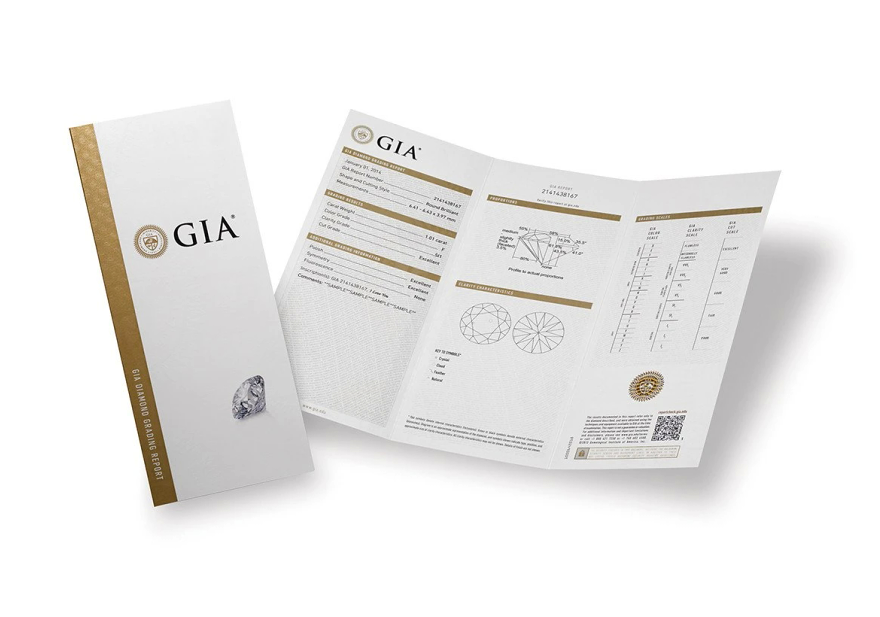
GIA (Gemological Institute of America) is a world-leading institution that is regarded in the diamond industry as the most trustworthy.
GIA is a non-profit organization and so they have no stakes in buying and selling diamonds. When you are purchasing a diamond, you should look for its GIA diamond report to consider the quality of the diamond’s cut.
Next, I will explain the terminology used by GIA to state the quality of the cut. We recommend you to take this information and regard it as basic knowledge because in reality, some things may differ.
On the topic of grading diamonds, around 25-30 diamonds from 100 that are stated as “Excellent” on the diamond report may not be up to the standards of the other diamonds. We will never use select diamonds that are low in quality for our customers because we want our customers to receive only the best.
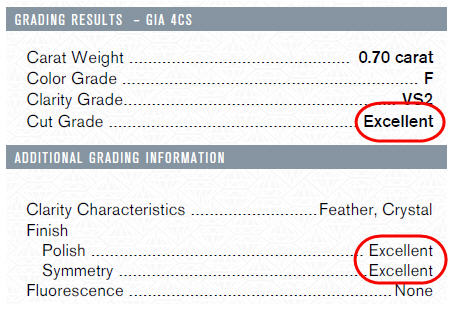
There are many factors which determine the beauty of a diamond, that is why it is quite complicated to state all factors and so the GIA only 3 primary factors that they use in grading diamond cuts:
If a diamond has all three factors, it is a “3Ex Diamond” or “Triple Excellent Diamond”.
If you want to know how good your diamond’s cut is, try shining light from an ordinary lamp into it. Take notice of how it sparkles when you slowly move it – more importantly, you should refer to your diamond report to see if what you see correlates to what is stated on paper.
The quality and the delicacy of the diamond’s cut plays a major role in setting the value of the diamond.
If all sides of the diamond are symmetrical, it will be able to beautifully reflect light into glittering sparkles – unlike the asymmetrical diamonds which will have lesser brilliance. When viewed from the perspective of value and investment, it is more than worth it! Getting a better cut is much more valuable than getting a bigger carat weight or a bigger diamond table.
And so compromising in other aspects to invest more on the diamond’s cut is reasonable because the diamond’s beauty should always be our primary concern, the color, and the clarity are second.
Read more: Our 2020 buying guide to 1 carat diamonds
When you buy a diamond, we recommend you to consider the diamond’s cut before all else, and it does not matter where you get your diamond from – GIA, HRD, or IGI because if the cut is bad, the diamond will have no brilliance.
Other than examining the diamond from a diamond report, receiving consultation from an expert would greatly help you in obtaining all the right information – most importantly, it will ensure that you will get a diamond that perfectly fits your style and needs.
Our goals are to help you find the right diamond easily and receive correct information from experts because we want you to wear the highest quality diamond that your budget can get you.
If you need any advice on selecting a beautiful diamond within a budget you set, we will gladly recommend only the best options for you.
Read more: How to easily and precisely measure ring sizes at home
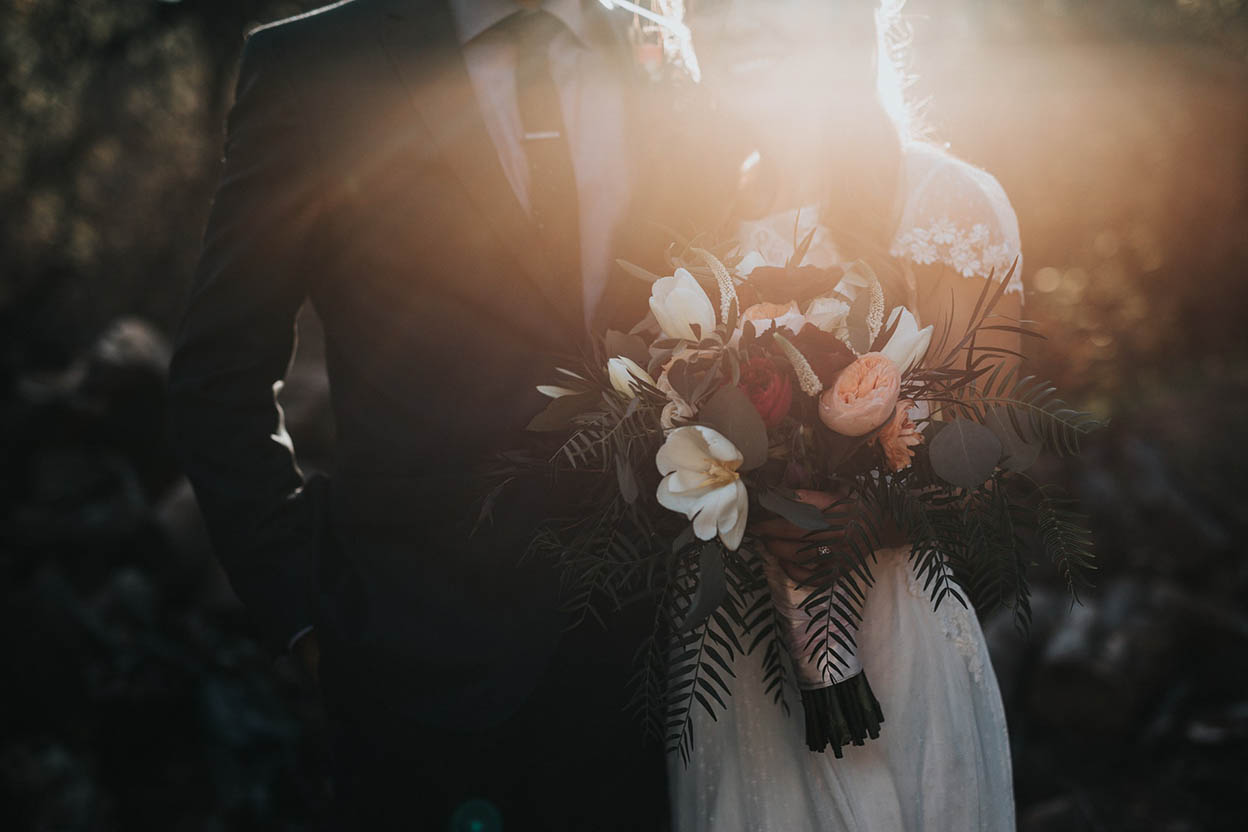
Get in touch with one of our diamond specialists.
This website use cookies to enhance your experience and providing the best service from us. You can learn more about our use of cookies in Privacy Policy